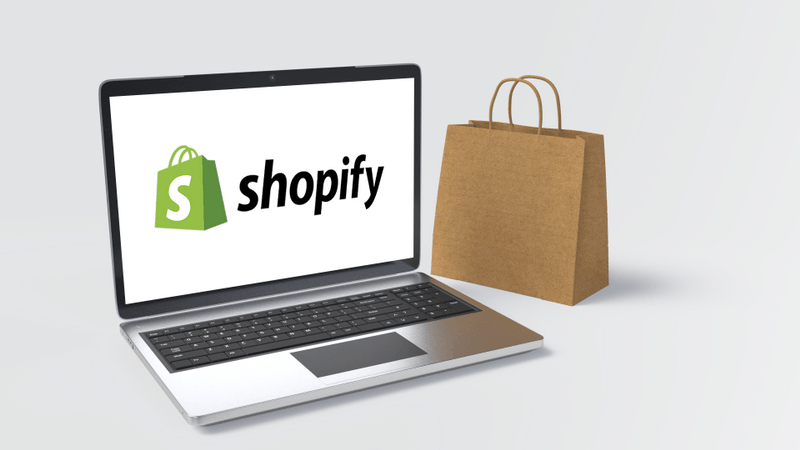For enterprise-level e-commerce, performance is everything. On Shopify Plus, speed, scalability, and user experience directly impact sales. Even a one-second delay in page load can reduce conversions by as much as 7–10%. That’s why Shopify Plus performance optimization is not just a technical task — it’s a strategic priority for every high-growth brand.
This guide explores why performance optimization matters, what Shopify Plus merchants should focus on, and how to implement changes that deliver measurable results.
1. Why Performance Optimization Matters on Shopify Plus
a) Conversion rates
Shoppers expect instant gratification. A sluggish site causes frustration, higher bounce rates, and lost revenue. Optimized Shopify Plus stores deliver a frictionless experience that keeps customers engaged.
b) SEO visibility
Google uses site speed and mobile performance as ranking signals. A fast, optimized Shopify Plus site is more likely to rank higher and attract organic traffic.
c) Scalability during traffic spikes
Shopify Plus merchants often run flash sales, influencer campaigns, or holiday promotions. Performance optimization ensures the site can handle sudden surges without slowing down.
d) Long-term cost efficiency
A well-optimized site reduces reliance on heavy apps, minimizes server strain, and lowers customer acquisition costs by improving retention and engagement.
2. Core Areas of Shopify Plus Performance Optimization
To achieve consistent, high-level performance, Shopify Plus merchants must address several critical areas:
a) Theme and code quality
- Clean, lightweight themes: Avoid themes bloated with unused features. Start with a lean framework and add only what’s necessary.
- Code audits: Regularly review Liquid, JavaScript, and CSS files to remove redundancy.
- Asynchronous scripts: Load non-critical scripts (chat widgets, analytics) after the main content.
b) Image and media optimization
- Next-gen formats: Use WebP or AVIF instead of PNG/JPEG.
- Responsive scaling: Serve appropriately sized images for mobile vs. desktop.
- Lazy loading: Delay offscreen images until the user scrolls.
c) App management
- Audit installed apps: Many apps inject unnecessary scripts that slow down performance.
- Replace apps with custom code: When possible, replace app features with lightweight custom solutions.
- Use native Shopify Plus features: Features like Shopify Flow, Launchpad, and Scripts often replace third-party apps.
d) Checkout optimization
- Shopify Plus exclusive checkout customization: Use checkout.liquid and Shopify Scripts to simplify steps, reduce form fields, and auto-apply discounts.
- Payment integrations: Enable fast payment gateways like Shop Pay, Apple Pay, or Google Pay.
e) Content Delivery Network (CDN) usage
Shopify Plus already leverages a global CDN, but optimization includes minimizing large file transfers and caching static assets effectively.
f) Mobile experience
- Prioritize mobile-first design: Most Shopify Plus traffic comes from mobile devices.
- Touch-friendly elements: Buttons, menus, and forms should be intuitive and quick to use.
- Accelerated checkout: Features like Shop Pay one-tap checkout drastically reduce abandonment.
3. Tools and Metrics for Measuring Performance
Shopify Plus merchants should continuously monitor performance using tools such as:
- Google PageSpeed Insights: Highlights Core Web Vitals like LCP (Largest Contentful Paint) and CLS (Cumulative Layout Shift).
- Lighthouse audits: Offers a detailed report on performance, accessibility, SEO, and best practices.
- Shopify Admin Analytics: Tracks store speed score, customer behavior, and conversion funnels.
- Hotjar or Clarity: Session recordings to identify UX bottlenecks.
Key metrics to track include:
- Page load time (aim for under 2 seconds).
- Time to First Byte (TTFB).
- Core Web Vitals (LCP, FID, CLS).
- Bounce rate and conversion rate correlation.
4. Advanced Optimization Strategies for Shopify Plus
a) Headless commerce approach
Going headless allows merchants to use Shopify Plus as the backend while building a custom frontend with frameworks like React, Vue, or Next.js. This often results in blazing-fast performance and greater flexibility.
b) Custom caching layers
For enterprise merchants with repeat customers, caching strategies (via headless setups or server-side rendering) significantly improve page speed.
c) API efficiency
Shopify Plus offers extended API call limits. Optimizing API usage — batching requests, minimizing redundant calls, and caching responses — prevents bottlenecks.
d) Personalization at scale
Use AI-driven recommendation engines that load asynchronously to ensure they don’t block critical rendering.
e) International performance optimization
For brands selling globally, using Shopify Plus multi-store architecture or Shopify Markets can help tailor experiences by region while maintaining performance.
5. Common Mistakes in Shopify Plus Performance
- Installing too many apps without testing their impact
- Using oversized images or videos on the homepage
- Over-customizing checkout without A/B testing results
- Ignoring mobile-first design principles
- Failing to monitor analytics regularly
Avoiding these mistakes can save thousands in lost revenue and improve overall customer satisfaction.
6. Real-World Example (Hypothetical)
Imagine a fashion retailer on Shopify Plus running frequent influencer campaigns. Initially, their site loads in 5–6 seconds, causing high cart abandonment. By conducting a performance audit, they:
- Replaced heavy sliders with optimized hero images.
- Removed three redundant apps and coded features natively.
- Implemented lazy loading and WebP formats.
- Streamlined checkout with Shop Pay.
Result: Page load time dropped to under 2 seconds, and conversion rates increased by 18% in three months.
7. Future of Shopify Plus Performance
Shopify is constantly evolving, and optimization will continue to focus on:
- Edge computing: Delivering content even closer to end users.
- AI-driven site speed recommendations: Automatic detection of performance issues.
- Deeper integrations with headless frameworks: Merging speed with creative flexibility.
- Sustainable optimization: Reducing energy usage through lighter websites, aligning with eco-conscious branding.
Final Thought
Shopify Plus & ecommerce development companies performance optimization is not optional — it’s the foundation of scalable, profitable e-commerce. From clean coding and image optimization to headless architecture and API efficiency, every decision contributes to speed and user experience.
For Mansfield businesses, global brands, or startups scaling rapidly, Shopify Plus offers the infrastructure. But only with continuous optimization can merchants unlock its full potential. A fast store is not just a technical win — it’s a competitive advantage that drives conversions, loyalty, and long-term growth.

